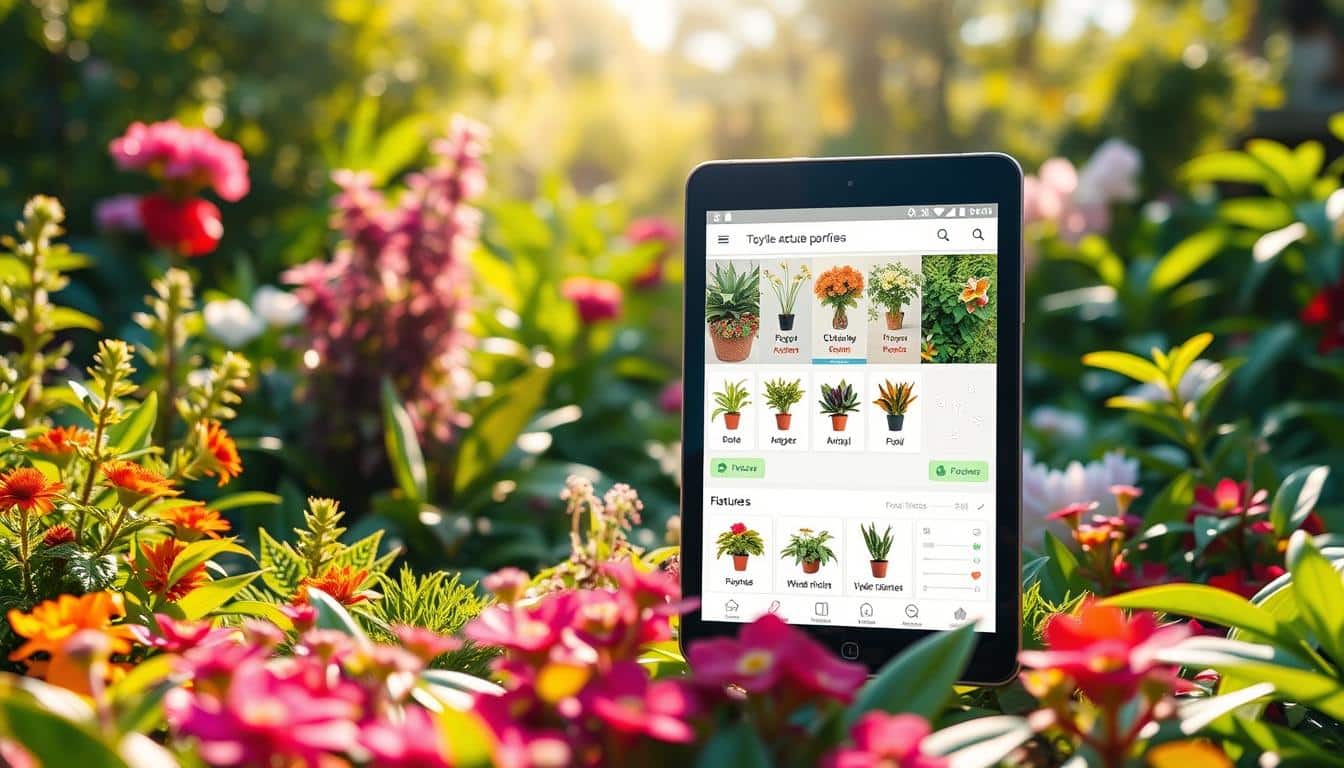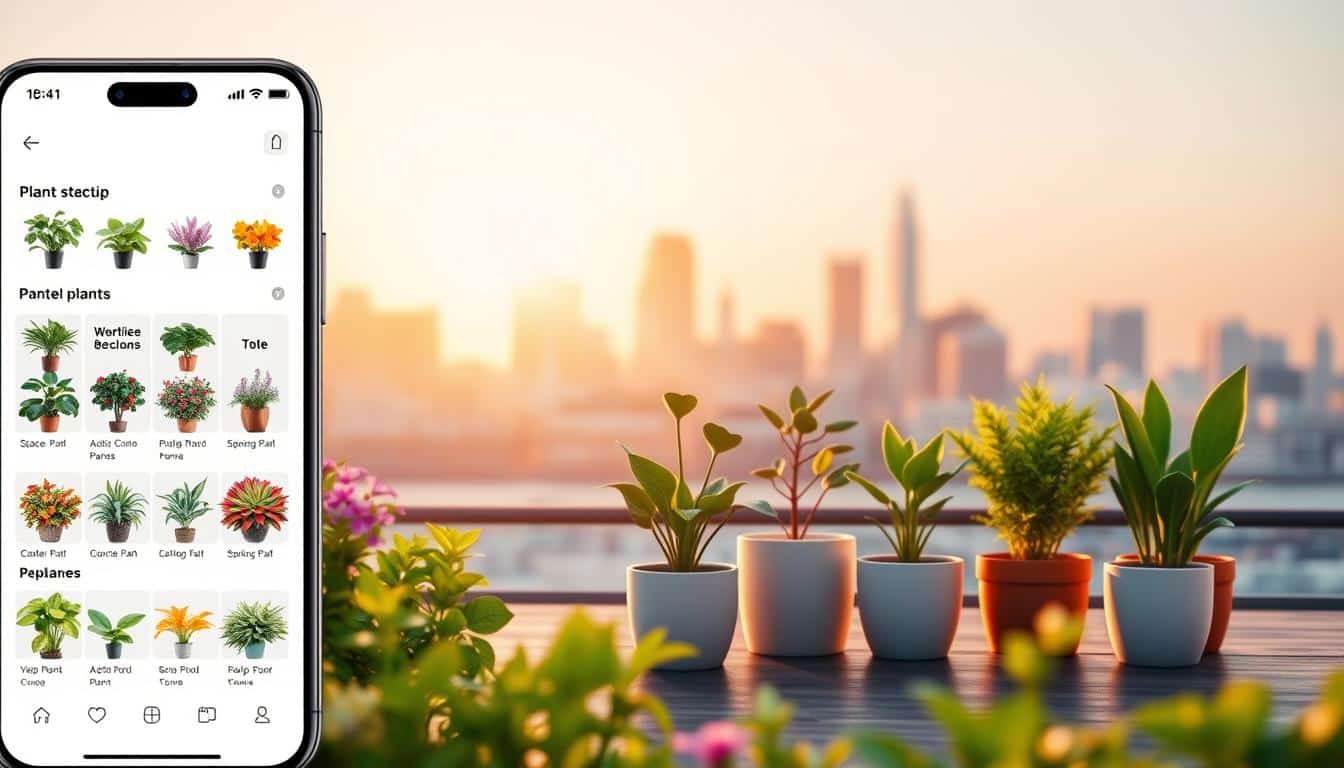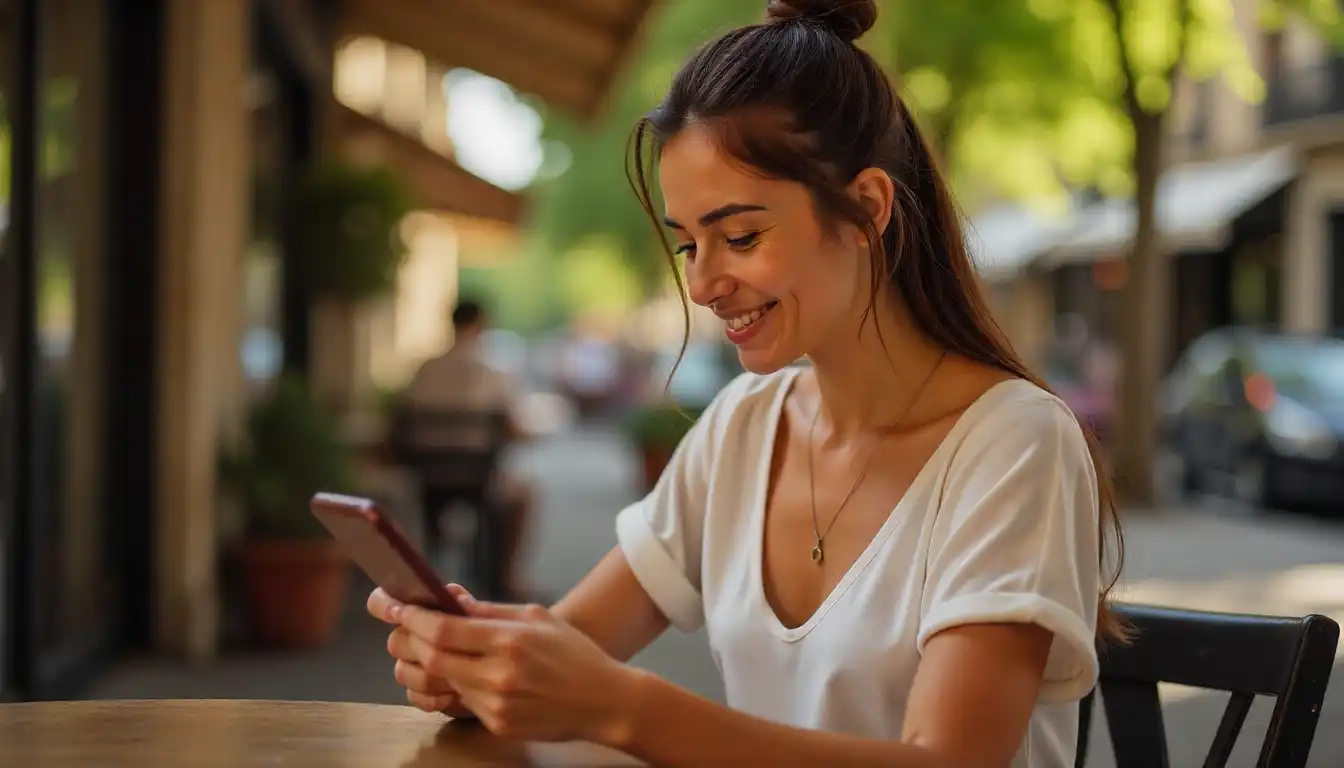Você já se perguntou se há mais mulheres ou homens usando aplicativos de namoro? Neste post, vamos desvendar as estatísticas mais recentes e analisar os comportamentos e experiências de cada gênero nessas plataformas. Com uma visão sobre os padrões de uso, as taxas de sucesso e as barreiras que cada grupo enfrenta, vamos entender o que realmente influencia no uso de aplicativos de namoro. Acompanhe essa discussão e descubra como os aplicativos estão moldando o cenário do amor moderno!
Quais são as diferenças no uso de aplicativos de namoro entre homens e mulheres?
Estatísticas mostram que homens e mulheres utilizam aplicativos de namoro de maneira diferente. Em geral, os homens são mais propensos a usar essas plataformas do que as mulheres. Um estudo revelou que aproximadamente 60% dos usuários de aplicativos de namoro são homens, enquanto 40% são mulheres. Isso pode ser devido a vários fatores, incluindo a natureza competitiva dessas plataformas e a forma como os gêneros interagem online.
Anúncios
Os padrões de comportamento também variam consideravelmente. Homens tendem a iniciar mais conversas e enviar mais mensagens, muitas vezes em busca de encontros casuais. Em contrapartida, mulheres geralmente são mais seletivas com quem iniciam uma conversa. Elas costumam priorizar mensagens que consideram significativas e valiosas. Isso reflete uma dinâmica onde as expectativas e abordagens são diferentes, influenciadas pela maneira como os gêneros se veem e se comunicam.
Quando analisamos as taxas de sucesso, as experiências dos usuários masculinos e femininos divergem. Enquanto os homens podem obter mais matches, as mulheres frequentemente relatam experiências de assédio ou situações desconfortáveis. Essas questões podem levar a uma taxa de desengajamento mais elevada entre as mulheres, que podem sentir que a segurança e a experiência geral não são tão favoráveis.
Para entender melhor essas diferenças e seus impactos, é recomendável verificar o relatório da Pew Research Center, que explora esses e outros aspectos no uso de aplicativos de namoro, como as barreiras que mulheres enfrentam e seus padrões de uso. Você pode acessá-lo aqui.
Quais estatísticas revelam a popularidade dos aplicativos de namoro?
Estatísticas mostram que a popularidade dos aplicativos de namoro é alta, com um número crescente de usuários em diversas plataformas. Um relatório do Pew Research Center indica que aproximadamente 50% dos americanos solteiros já usaram um aplicativo de namoro aqui. A demografia de usuários revela que tanto homens quanto mulheres se sentem atraídos por essas plataformas, mas com algumas diferenças.
Em termos de porcentagem de usuários, os homens costumam representar uma maior parte do público em muitos aplicativos. Por exemplo, uma análise revela que em plataformas como Tinder, a divisão chega a ser de cerca de 70% de homens para 30% de mulheres. Isso sugere que os homens, em geral, tendem a ser mais ativos em buscar conexões online. No entanto, o que talvez surpreenda é que as mulheres, mesmo em menor número, muitas vezes têm uma taxa de sucesso maior na conversão de matches em encontros. Elas tendem a ser mais seletivas e cuidadosas ao escolher com quem se conectar.
Além disso, a prevalência de uso por homens e mulheres varia com a idade. Jovens adultos são os mais representativos nesse cenário, mas o uso entre pessoas acima de 50 anos está crescendo rapidamente, mostrando que os aplicativos de namoro têm se tornado uma opção viável para várias faixas etárias. As estatísticas refletem não apenas o uso, mas também a aceitação social dos aplicativos, que continua a aumentar, fazendo com que mais usuários experimentem essas plataformas para encontrar relacionamentos.
Quais fatores influenciam as diferenças de gênero no uso de aplicativos de namoro?
As diferenças de gênero no uso de aplicativos de namoro são influenciadas por uma série de fatores sociais e culturais. Um aspecto crucial é como a sociedade percebe as interações entre homens e mulheres. Os homens tendem a usar esses aplicativos em busca de encontros casuais e novos relacionamentos, enquanto as mulheres muitas vezes buscam conexões mais profundas e sérias. Essa diferença de intenções molda a maneira como cada gênero se comporta nas plataformas.
Além disso, barreiras enfrentadas por mulheres nos aplicativos de namoro também desempenham um papel significativo. Estudos sugerem que mulheres ficam mais desconfortáveis com comportamentos de assédio e mensagens inadequadas, levando a um uso mais cauteloso dessas plataformas. Os usuários femininos costumam se sentir mais pressionados a se apresentarem de uma forma que seja aceitável socialmente, o que pode limitar sua liberdade na hora de interagir online.
Entre as razões para usar aplicativos de namoro por gênero, enquanto muitos homens veem essas plataformas como uma forma de expandir seu círculo social e conhecer novas pessoas, as mulheres podem ser motivadas pela busca de segurança e validação em suas escolhas. O Pew Research Center menciona que cerca de 50% dos adultos LGBTQ+ e também de pessoas que nunca se casaram nos EUA utilizam aplicativos desse tipo, evidenciando uma popularidade crescente que vai além do padrão heteronormativo.
Dessa forma, é fundamental compreender esses fatores para perceber as nuances por trás do uso de aplicativos de namoro. Como eles atendem a diferentes necessidades e enfrentam desafios específicos, a análise dessas questões revela um panorama complexo e diverso no mundo dos relacionamentos modernos. Mais detalhes sobre essas dinâmicas podem ser encontrados neste link do Pew Research Center.
Como a percepção e a aceitação dos aplicativos de namoro variam entre os gêneros?
A aceitação cultural de aplicativos de namoro é um tema que gera diversas opiniões entre homens e mulheres. Pesquisa do Pew Research Center indica que, apesar de ambos os gêneros usarem esses serviços, a forma como eles percebem e se envolvem com eles pode diferir bastante.
Homens costumam ser mais propensos a usar aplicativos de namoro, com muitos relatando uma experiência mais positiva. Estudos mostram que aproximadamente 30% dos homens utilizam essas plataformas como uma maneira de encontrar relacionamentos casuais. Em contraste, muitas mulheres tendem a estar mais focadas em encontrar relacionamentos sérios. Essa expectativa pode influenciar a forma como se comportam nas interações, levando a um uso mais cauteloso em comparação aos homens.
Além disso, a percepção pública de aplicativos de namoro também varia entre os gêneros. As mulheres frequentemente se preocupam mais com a segurança online, enfrentando medo de assédio ou de serem mal interpretadas. Aqueles que usam esses aplicativos relatam experiências mistas, e isso pode impactar a aceitação. A pesquisa revela que cerca de metade das mulheres prefere usar esses serviços de forma mais discreta, enquanto os homens podem ser mais abertos sobre seu uso.
Esse comportamento se reflete nas experiências de usuários em geral, com homens geralmente se sentindo mais à vontade ao conversar e interagir nas plataformas. Esses dados mostram que, além da diferença de utilização, existe uma complexidade nas expectativas e experiências que cada gênero traz para os aplicativos de namoro. Para mais detalhes, confira o relatório completo do Pew Research Center aqui.
Quais são as inovações e tendências futuras nos aplicativos de namoro?
Os aplicativos de namoro estão sempre evoluindo, e várias inovações estão moldando o futuro dessa indústria. Uma das mais impactantes é a integração de inteligência artificial e aprendizado de máquina. Essas tecnologias ajudam a criar combinações mais precisas entre usuários, visando não somente compatibilidade de interesses, mas também aspectos comportamentais. A personalização das experiências torna a busca por um parceiro bem mais eficiente.
As previsões apontam que, nos próximos anos, teremos um aumento no uso de recursos como videochamadas e perfis em tempo real. Isso permitirá uma interação mais autêntica entre os usuários, reduzindo as armadilhas comuns, como perfis falsos e expectativas não atendidas. Além disso, a pesquisa da indústria revela que a demografia dos usuários está mudando, com mais adultos de diferentes faixas etárias se aventurando no mundo dos aplicativos de namoro. Isso pode criar novas dinâmicas e expectativas tanto masculina quanto feminina em relação ao namoro online.
Uma análise mais profunda dessas inovações mostra que há um esforço crescente para tornar a experiência mais inclusiva e segura. Por exemplo, funcionalidades como verificação de foto e filtros antifraude estão se tornando padrões comuns. Isso não só melhora a confiança dos usuários, mas também cria um ambiente onde mulheres se sentem mais seguras durante suas interações.
Esses desenvolvimentos podem ser explosivos para a indústria de aplicativos de namoro. Portanto, se você está curioso sobre as tendências futuras e sua influência considerável, veja mais informações aqui. A inovação está em curso, e todos nós estamos prestes a testemunhar mudanças significativas nesse cenário.
Conclusão
Concluindo, exploramos as nuances do uso de aplicativos de namoro por homens e mulheres, destacando as diferenças de comportamento e experiência entre os gêneros. As estatísticas revelaram a popularidade crescente dessas plataformas, enquanto fatores sociais e culturais moldam as interações. Além disso, discutimos as barreiras que algumas mulheres enfrentam e as expectativas distintas com relação a esses aplicativos. Olhando para o futuro, inovações tecnológicas prometem transformar ainda mais esse cenário, potencializando as conexões online de forma mais inclusiva e eficaz.
FAQ
Perguntas Frequentes (FAQs)
1. Quais são as principais diferenças no uso de aplicativos de namoro entre homens e mulheres?
As diferenças no uso de aplicativos de namoro entre homens e mulheres incluem a quantidade de usuários, com cerca de 60% sendo homens. Enquanto os homens costumam iniciar mais conversas em busca de encontros casuais, as mulheres tendem a ser mais seletivas, priorizando interações significativas.
2. Quais são as estatísticas sobre a popularidade dos aplicativos de namoro?
As estatísticas indicam que cerca de 50% dos americanos solteiros já usaram um aplicativo de namoro. Entre os usuários, os homens representam cerca de 70% em plataformas como Tinder, mas as mulheres frequentemente têm uma taxa de sucesso maior ao converter matches em encontros.
3. O que influencia as diferenças de gênero no uso de aplicativos de namoro?
As diferenças de gênero no uso de aplicativos de namoro são influenciadas por fatores sociais, como as intenções ao usar a plataforma. Os homens normalmente buscam encontros casuais, enquanto as mulheres procuram conexões mais profundas. Além disso, mulheres frequentemente enfrentam barreiras relacionadas ao assédio e insegurança online.
4. Como a aceitação dos aplicativos de namoro varia entre os gêneros?
A aceitação dos aplicativos de namoro varia, com homens geralmente mostrando experiências mais positivas e se sentindo mais confortáveis ao usar esses serviços. As mulheres, por outro lado, tendem a ser mais cautelosas e preocupadas com a segurança, preferindo interagir de maneira discreta.
5. Quais inovações estão moldando o futuro dos aplicativos de namoro?
Inovações como inteligência artificial e aprendizado de máquina estão aprimorando a precisão das combinações de usuários. Além disso, expectativas sobre videochamadas e perfis em tempo real estão crescendo, visando tornar as interações mais autênticas e seguras, especialmente para as mulheres.
Conteúdo criado com Assistência de Inteligência Artificial



